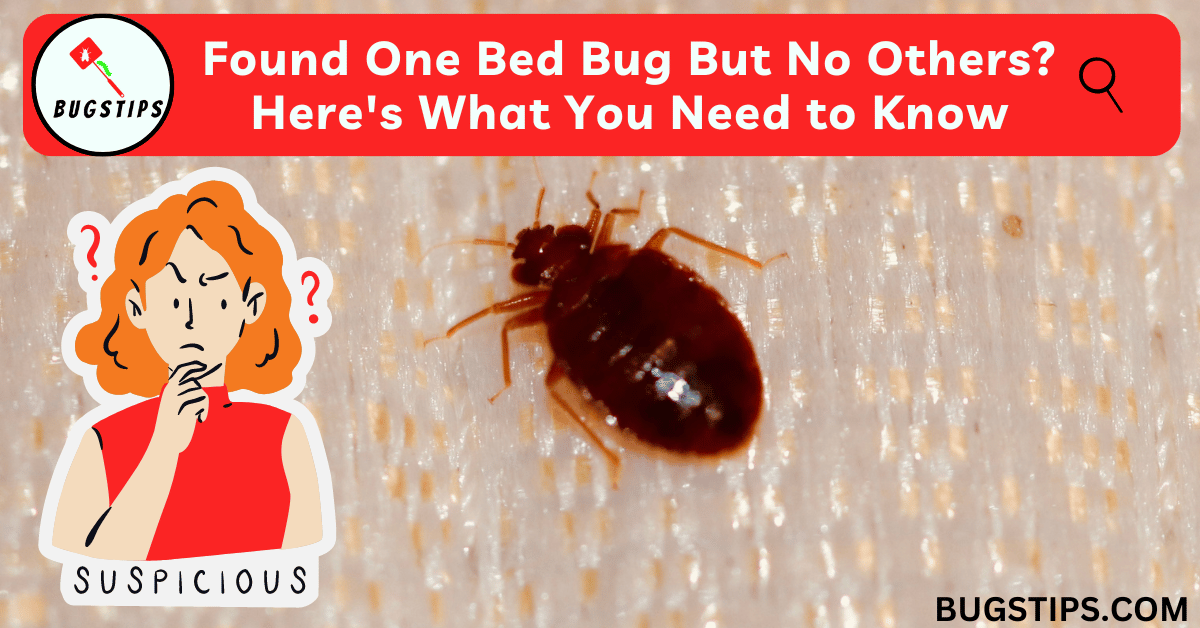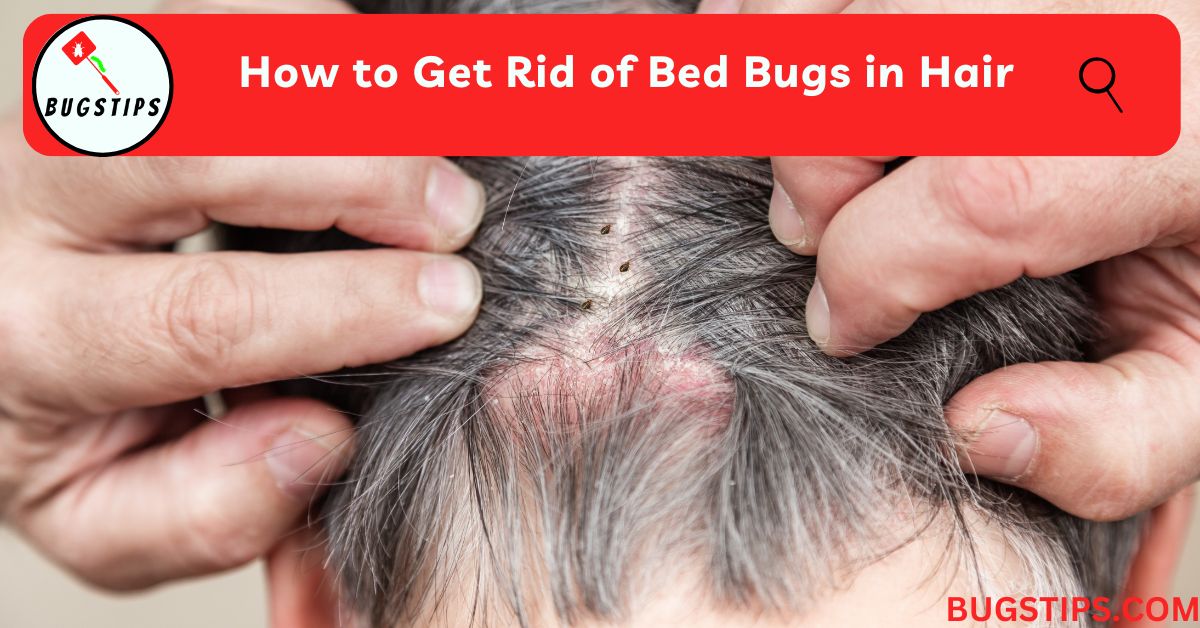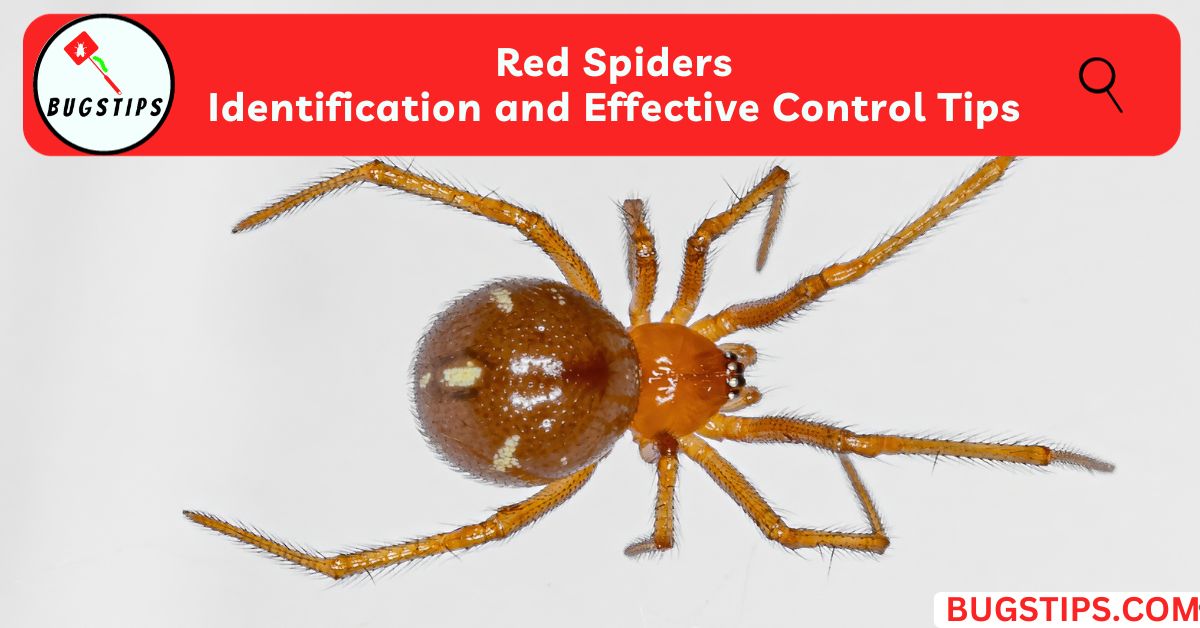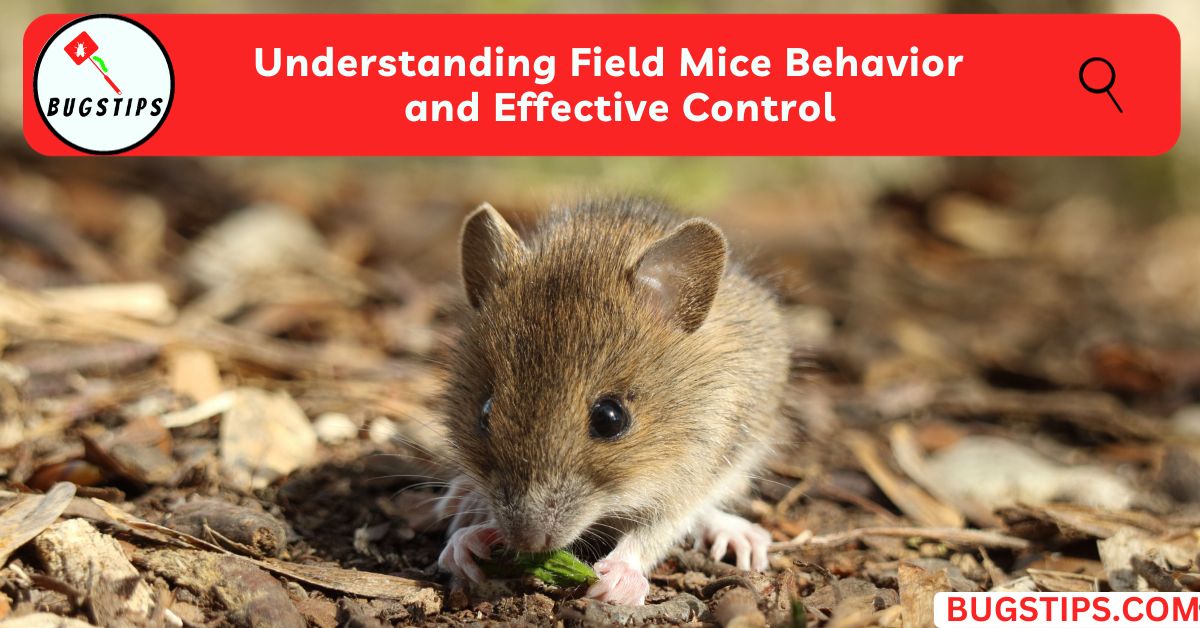This post may contain affiliate links which means as an Amazon Associate, this site may earn a small commission on qualified purchases made through links at no extra cost to you. Learn more on Affiliate Disclosure

If you’ve discovered a bed bug in your home, you may be worried about the possibility of an infestation. The good news is that finding a one-bed bug does not necessarily mean that there is more hiding in your home.
However, it’s crucial to take the appropriate measures to ensure that you don’t have a larger problem on your hands. In this article, we’ll provide you with the information you need if you’ve found a one-bed bug but no others.
We’ll cover essential topics such as how to identify bed bugs, signs of an infestation, and steps you can take to prevent bed bugs from taking over your home. By the end of this article, you’ll have a better understanding of what to do if you come across a bed bug in your home. So, keep reading to learn more.
What Does It Mean To Find One Bed Bug?
Finding a one-bed bug in your home can be a cause for concern, but it doesn’t necessarily mean that you have a significant infestation. It is possible that the bed bug was brought into your home on something like luggage or clothing.
However, it’s crucial to be vigilant and conduct a thorough search for more bed bugs. Remember, bed bugs are active every day and will try to feed whenever possible.
It’s also essential to consider the location of the bed bug to determine whether it’s an isolated incident or part of a larger infestation. If the bed bug was found away from a sleeping area, such as in the kitchen or washroom, it could be an isolated incident. However, if it was found around the bed or couch, it could be part of a more significant infestation.
If you’re unsure whether you have an infestation or not, it’s recommended to call a local pest control company for a thorough inspection.
Pest control professionals can help determine whether there is an infestation and provide recommendations based on their findings. Remember, early detection and treatment are key to controlling bed bugs and preventing a more significant infestation from developing.
Related Article – When You Should Call an Exterminator For Bed Bugs
How Can You Confirm That It’s a Bed Bug?
To confirm that the insect you have found is indeed a bed bug, you need to look for physical signs of bed bugs. Here are some key points to keep in mind:
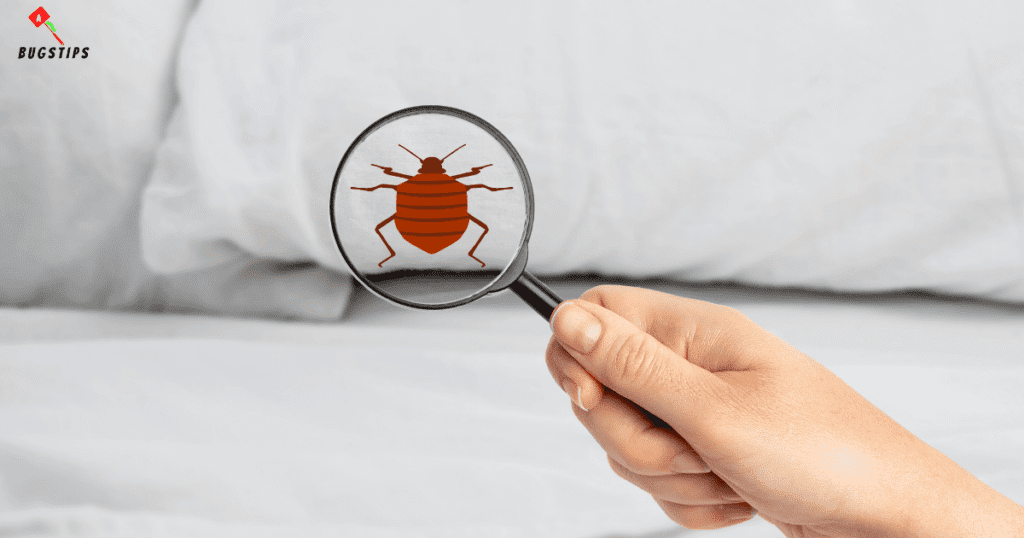
- Look for reddish-brown insects that are about the size of an apple seed.
- Check crevices and cracks during the day and around sleeping areas at night.
- Look for skins that nymphs have shed, usually translucent or light in color.
- Check for brown or red fecal spots on your mattress or sheets.
- Look for rusty or reddish stains and pinpoint dark spots on bedding, mattresses, or upholstered furniture.
- Check for a musty odor in areas where people sleep.
- Look for specks of blood on bedding, mattresses, or upholstered furniture such as couches and headboards.
It’s important to note that bites on the skin are not a reliable indicator of a bed bug infestation, as they can easily be mistaken for bites from other insects. Some people may not react to bed bug bites at all. Instead, focus on the physical signs listed above.
If you suspect you may have bed bugs but are unsure how to identify them correctly, it's best to contact a pest control professional for an inspection. By identifying bed bugs early on, you can take the necessary steps to control the infestation and prevent it from spreading.
Related Article – Bed Bugs in Upholstered Headboard
Can One Bed Bug Turn Into More?
It is alarming how quickly a one-bed bug can turn into an infestation. Once a mated female bed bug has found its way into your home, she can begin laying eggs within days. A single female can lay up to 5 eggs per day and up to 500 eggs in her lifetime.
The eggs hatch into nymphs, which go through five molts before becoming an adult. In ideal conditions, it takes about a month for a bed bug to develop from an egg to an adult. Once they reach adulthood, bed bugs can mate and reproduce, leading to a rapidly growing infestation.
It’s important to note that if you find a one-bed bug, it’s unlikely to be the only one in your home. Bed bugs are excellent at hiding and can go for long periods without feeding, making them difficult to detect. They can also spread rapidly, moving from room to room and even between apartments in multi-unit buildings.
If you suspect an infestation, it’s best to call a local pest control company for a thorough inspection.
A professional can assess the extent of the infestation and recommend an effective treatment plan to eliminate bed bugs and prevent them from returning.
Related Article – Baby Bed Bugs: 10 Facts You Need to See (with Pictures!)
Bed Bugs Are Grow Up So Fast Than You Think
Bed bugs are notorious for their rapid growth and reproduction rate. They go through five developmental life stages, with each stage requiring a blood meal to molt and progress to the next stage. Under optimal conditions with temperatures above 72° F, bed bugs can complete their development process from egg to adult in as little as 37 days.
Once they reach adulthood, bed bugs can live up to one year if they have regular access to blood meals and are in favorable temperatures. Females can lay between 1 and 5 eggs each day, leading to significant population growth in a short amount of time.
Interestingly, some bed bugs can survive up to 18 months without feeding. At room temperature, nymphs will molt and reach adulthood within five weeks.
This fast growth and development rate make bed bugs a formidable opponent to eradicate once they have established a presence in a home or building.
What Should You Do If You’ve Found One Bed Bug But No Others
If you find a one-bed bug in your home, it’s essential to take action promptly. While it’s possible that a single bed bug was just a lone traveler, it’s more likely that there are others hiding nearby. Here are some steps you can take:
Wait and watch: Check for any signs of bed bugs over the next few days. any signs of bed bugs over the next few days. Check all areas of your home where you spend time, including your bed, couch, chairs, and other furniture where you sit or sleep. Pay close attention to these items’ seams, tufts, and creases. Look for bed bug poop, shed skins, or eggs.
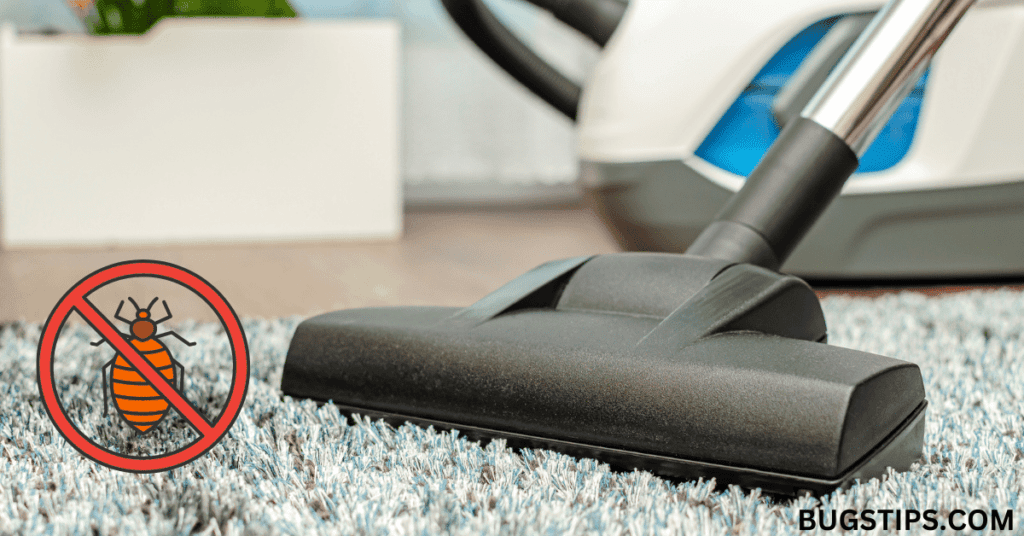
Monitor and deep clean: Put bed bug traps all over your bedroom and close to the area where you saw the bug. Vacuum your bed and surrounding area frequently. Clean bedding, linens, curtains, and clothing in hot water and dry them in the highest dryer setting. Use a stiff brush to scrub mattress seams to remove bedbugs and their eggs before vacuuming.
If you’re still unsure whether or not you have an infestation or need help identifying signs of an infestation, seek professional help from a pest control professional.
Pest control companies will ask questions such as did you find the bed bug around the bed or couch? Any bed bug found away from a sleeping area could be a one-off.
Professional pest control companies have the necessary expertise and tools to identify bed bugs and help you eradicate them. Remember, the earlier you catch and treat a bed bug infestation, the easier it is to eliminate them.
Remember, finding a one-bed bug does not necessarily mean that there is an infestation. However, it is important to stay vigilant and take steps to prevent an infestation from occurring.
By following these steps and contacting a professional if necessary, you can help ensure that your home remains bed bug-free.
Final Thoughts
Finding a one-bed bug in your home can be a cause for concern, but it doesn’t necessarily mean you have a full-blown infestation. By following the steps outlined in this article, you can help prevent a small problem from becoming a much larger one.
As with many pest problems, prevention is key, so be sure to take steps to prevent bed bugs from entering your home in the first place. With that, you should have some peace of mind on how to deal with finding even a one-bed bug.
If you’re unsure about how to handle the situation, consider contacting a professional pest control service or developing a DIY plan to protect yourself from bed bugs. With a proactive approach, you can effectively manage and prevent bed bug infestations.
FAQs
Is it common to find just a one-bed bug?
It is possible to find just a one-bed bug, but it is not very common. Bed bugs usually live in groups and are not often seen alone.
What should you do if you see a one-bed bug?
If you see a one-bed bug, it is important to take immediate action to prevent an infestation. You should inspect the area thoroughly for other signs of bed bugs, such as eggs, shed skins, or fecal stains. It is recommended to contact a professional exterminator to properly identify and treat the infestation.
Does a one-bed bug lead to an infestation?
One bed bug does not necessarily lead to an infestation, but it is important to take action to prevent the infestation from spreading. Bed bugs reproduce quickly, so it is important to address the issue as soon as possible.
Is it possible to have bed bugs even if you can’t find them?
Yes, it is possible to have bed bugs even if you can’t find them. Bed bugs are skilled at hiding in cracks and crevices, and can go undetected for long periods of time. It is important to regularly inspect for signs of bed bugs, such as bites or fecal stains, to catch an infestation early.
I found a one-bed bug in the bathroom. What should I do?
If you found a single bed bug in the bathroom, it is important to inspect the area thoroughly for other signs of bed bugs. You should contact a professional exterminator to properly identify and treat the infestation. It is also important to take steps to prevent the spread of bed bugs, such as washing bedding and clothing in hot water, vacuuming regularly, and inspecting second-hand furniture before bringing it into your home.

